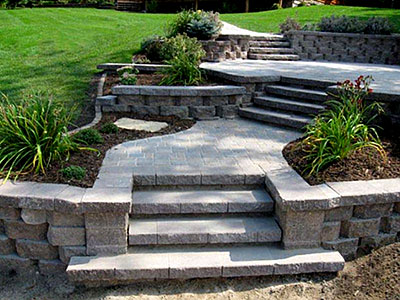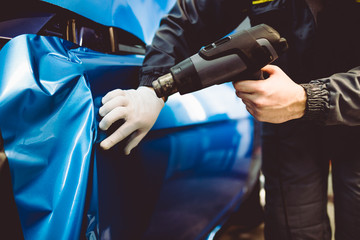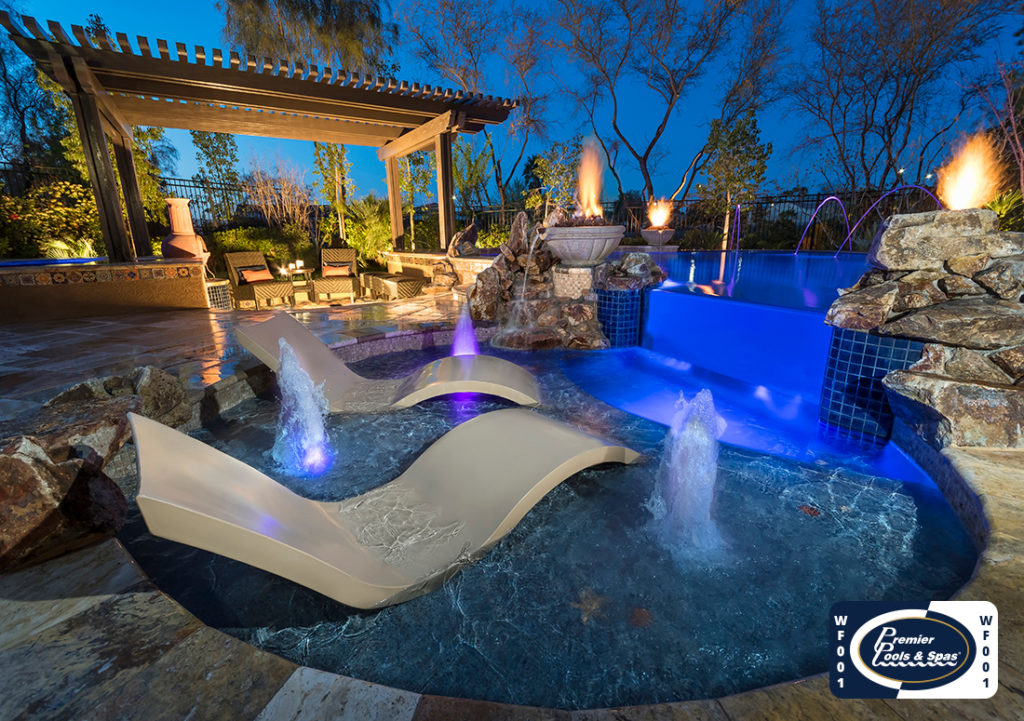Luscious gardens and pristine lawns are important, but hardscape projects add structure and functionality to outdoor spaces and can significantly increase property value.
Unlike traditional landscaping, hardscape features are low-maintenance and require very little work. This article will cover hardscape services, which include walkways, patios, driveways, and more. For more information, click the Visit Website to proceed.

When it comes to your yard, there are many different elements that go into making a space where you and your family can relax after work or entertain friends. Some of these add softness and life, while others provide structure, such as a patio or walkways. These hardscapes are often made from concrete, pavers, wood, and other materials that can give your space a unique look and feel while providing functionality to your outdoor living area.
A landscape professional that works with hardscapes will design and install non-plant elements, such as pathways, patios, walkways, and retaining walls, to create functional spaces for people to use in your yard. These elements also give your yard curb appeal, which can add value to your property if you’re looking to sell it down the road.
These hardscapes can take the form of a fire pit surrounded by rock, a stone water feature with soothing waterfall, or even an outdoor kitchen that extends your living space into the summer and beyond. They can help your lawn and plants thrive by absorbing some of the wear and tear that would otherwise damage them, as well as make it easier for you to navigate the yard.
Many hardscape contractors also have the ability to work with other types of materials besides concrete, including stone, wood, and bricks, which can offer a more natural and organic look to your yard. These hardscapes can also be designed to match the style of your home and draw the eye away from any less desirable features of your yard, such as a utility pole or shed that you don’t want to show off.
When designing your hardscape, be sure to include some curves and rounded edges in order to avoid an overly structured and unnatural feeling. The use of straight lines can be a turn off for most people when it comes to landscaping. Curves and rounded edges add texture and definition to your space while still keeping it appealing.
Another important factor when it comes to your hardscape is drainage. Without sufficient capacity, or improper drainage systems, your hardscape can be damaged by heavy rainfall or extended periods of rain fall. Improper grading and drainage can cause flooding, washout, soil erosion, wet rot to wooden elements, sink holes, and even foundation problems in your home. Adding a hardscape element like a retaining wall or stone steps can improve drainage in your yard by directing runoff away from your house.
Creating beautiful hardscape elements to your property adds value and function to the outdoor areas of your home or business. It can also make your yard more enjoyable for you and your guests.
While anyone with some gardening and lawn-tending skills can improve a garden bed or patch of grass, creating solid hardscapes is typically a job for a professional landscaper. Some hardscape projects are too physically demanding to complete alone, and others require the use of heavy equipment that can be costly to own.
Hardscapes are non-plant elements of a garden or yard and include anything that is not living, such as a brick patio, a stone wall, or a wood pergola. The other major subcategory of landscaping is softscape, which includes all things green and organic.
In addition to adding beauty, hardscapes can be used for practical purposes such as building a retaining wall to protect your home from erosion or creating a patio area where you and your guests can enjoy the outdoors. They can be incorporated into your overall landscape design or they can be stand-alone structures like walkways, driveways, or a water feature.
Water features are one of the most popular choices for hardscapes because they can be extremely versatile and create a focal point that draws attention to your home. A small fountain or pond can be created with a rigid plastic liner, while larger features can incorporate plants, rocks, and even trees into their design.
When designing your yard, a professional hardscape installer will consider all of the elements and features you want to include. Then, they will draw up a plan that shows how those components will look once they are installed. They will take into account factors like the sun and shade, where water will flow, and what types of plants and flowers will grow best in your space.
After your hardscape project is completed, it will need some maintenance to keep it looking good and functioning well. This maintenance may include cleaning and repairing the materials. This could also include applying a protective seal to the surface to prevent cracks and chips from occurring. Performing routine maintenance on your hardscapes can greatly extend their life span and help your yard remain beautiful and functional for years to come.
Hardscape Services are the non-plant parts of landscaping. They include everything from a brick patio to a stone wall and can be used to define planting areas or convert a slope to flat yard space. They are important for adding definition to your landscaping and can make a big difference in the overall appearance of your home.
While it is possible to mix both landscaping and hardscape together, they are very different. Landscaping adds color, beauty and life to your outdoor spaces while hardscape provides structure, function and accessibility to your yard. Hardscape is best suited for urban properties and those who don’t want to spend as much time on maintenance as landscaping requires.
Landscapers often use the terms “landscape” and “hardscape” interchangeably but these two services are very distinct from one another. While a landscaper is trained to design and create beautiful outdoor areas that are alive and organic, a hardscaper is specialized in using nonliving materials like rock or wood to make your yard functional and attractive.
The most obvious benefit of hardscape construction is that it can save you a lot of time and money on your yard’s maintenance. Because it eliminates the need for watering, weeding, and trimming plants, you will have less yard work to do. Additionally, hardscapes help with water conservation and minimizes waste of water and soil.
Some other benefits of hardscape construction include the ability to increase your property value, expand your living space, and provide privacy for backyard relaxation and entertaining. However, just like a car or household appliance, your outdoor structures need regular upkeep in order to look great and last longer.
Hardscapes can be damaged by many things including natural wear and tear, improper installation, and neglect. Hardscape repairs can be as simple as re-setting a paver or as complex as replacing a concrete block and reinstalling it correctly. A hardscape sealer can also be applied to help protect your investment and extend its lifespan. It can protect against joint sand failure, limit stains, and improve the visual appeal of your outdoor space.
There’s nothing quite like the look of a new hardscape project. Pretty pavers arranged neatly on a smooth concrete surface or wood decking that stretches out and feels solid beneath your feet. However, over time, hardscapes can become damaged and require repairs. Oil drips can stain pavers, salt can damage a walkway or driveway and cause it to crack and sink, and general wear and tear can chip away at your patio or paver path. In many cases, these problems can be addressed by our hardscape repair services.
Repairing and cleaning is a critical service that can prolong the life of your outdoor hardscapes. Whether you have a patio or sidewalk, the right cleaning and maintenance routine will prevent unwanted growth, staining, and overall damage. In addition to routine cleaning, we can also clean and seal surfaces to help them last longer and retain their color and sheen.
While hardscape projects are often considered to be separate from landscaping, they should be incorporated into the landscape design process from the start. Including hardscapes in the initial construction of your yard can help you save money by reducing future costs associated with removal and replacement. It can also allow you to get more use out of your landscape and your home.
A hardscape can be anything from a stone walkway to a pergola to a water feature. These features add definition and structure to your yard, and they can be used for entertaining, dining, and recreation. They can also increase the value of your property.
When installing hardscape, it’s important to consider the drainage system and grading of your landscape as well. Without proper drainage and grading, the ground may sink into the hardscape creating a hazard for anyone walking on it. It can also lead to wet rot in wood elements, foundation problems for your house, and soil erosion problems that can wash out the original hardscape.



 Branding
Branding
 Get Preapproved
Get Preapproved









